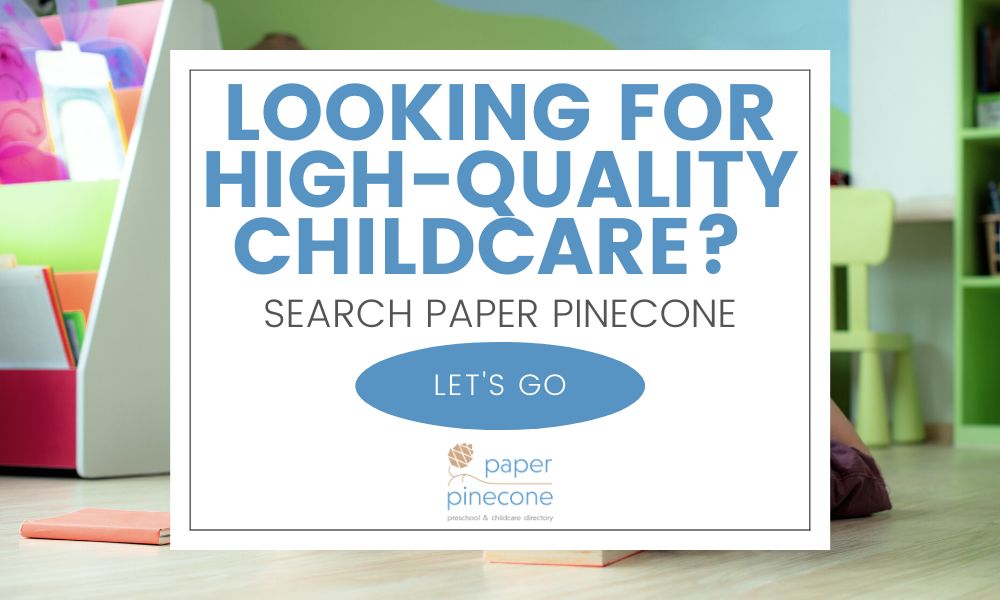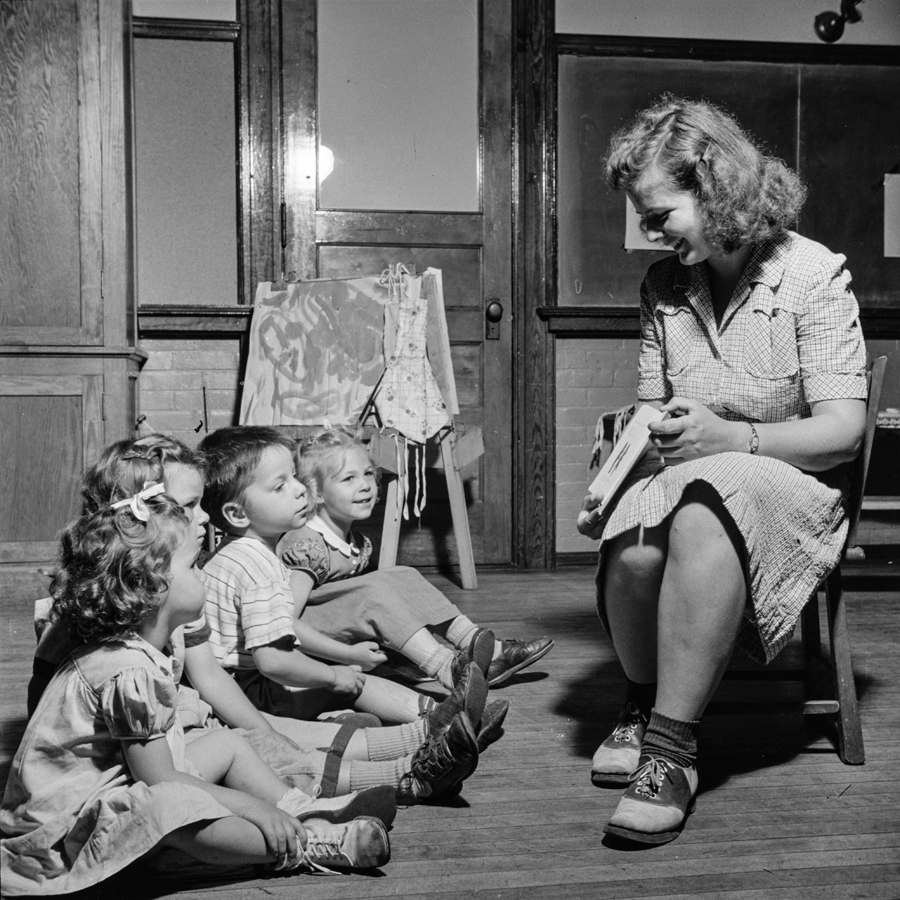The Most Important Thing to Look for in Daycare or Preschool: High Quality Interactions Between Children and Teachers
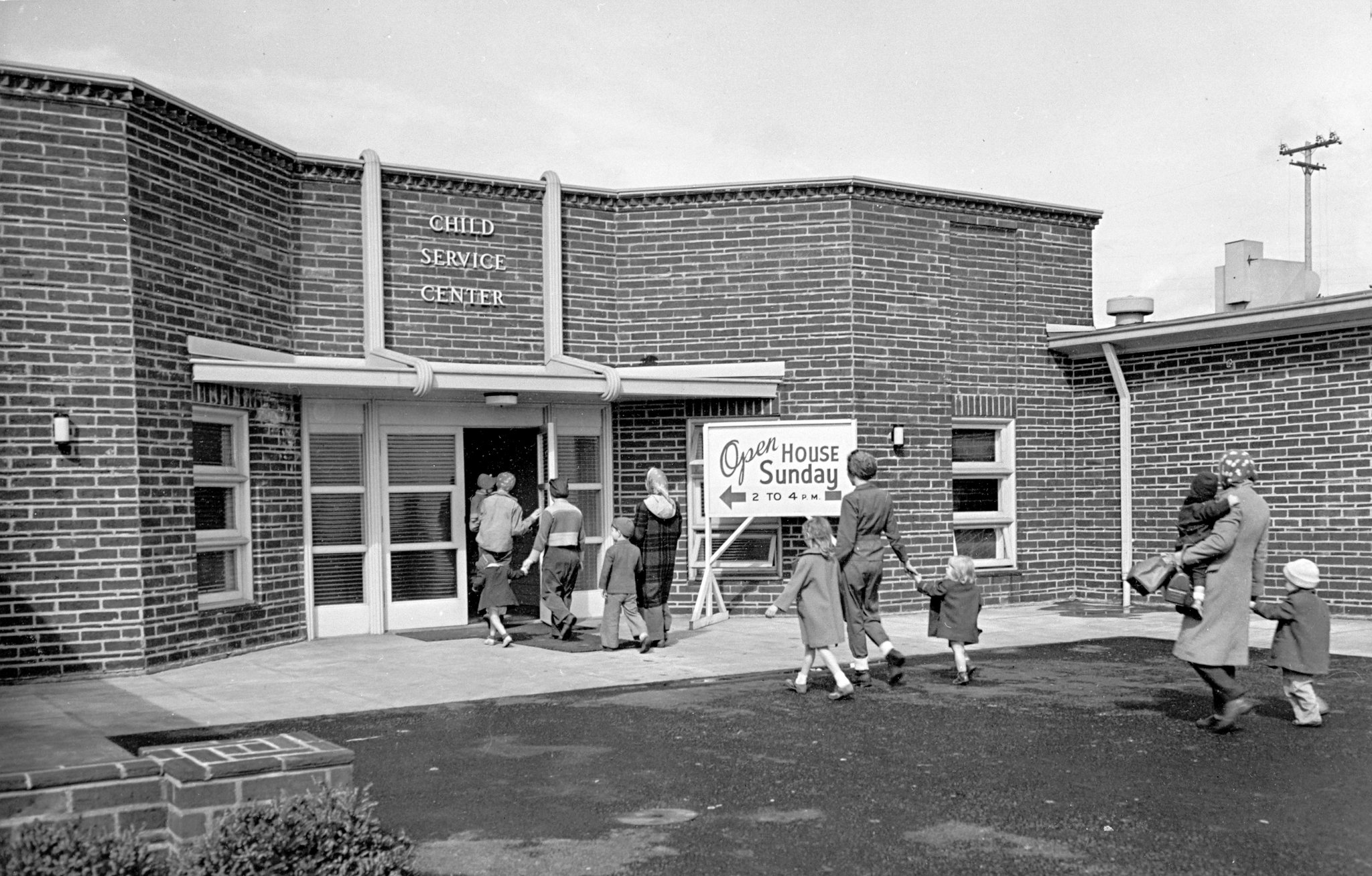
Published Date: 09/28/21
COVER PHOTO: December 1, 1944 - Kaiser shipyard workers drop their children off at a company day care center funded by a partnership with the federal goverment. Oregon Historical Society photo.
High quality childcare interactions
In the past few decades our research has grown on on early childhood education - everything from infant brain development to the importance of learning through play have been studied.
When you’re considering a daycare or preschool, you might find a provider who talks extensively about the philosophy they follow or the pedagogy they use. They should be able to tell you about their curriculum and their enrichment programs. The benefits of preschool and the early literacy strategies they implement. And all of that matters. Except it doesn’t. Sort of.
Let me explain.
Let’s put aside for a bit that preschool should be about social and emotional development, not academic advancement.
----------
RELATED ARTICLES YOU'LL LOVE
The Pros and Cons of Montessori Preschool
Can Daycare Force My Chld to Nap?
What Your Childcare Provider Wants You to Know
----------
Preschool is a relatively new concept. As best we know, we can trace the first preschool to Johann Friedrich Oberlin and Louise Scheppler who, in 1779, founded a preschool in Strasbourg for children whose parents were absent during the day.
Over the next hundred or so years, daycare and preschool programs started popping up in various parts of the world, again, for children who needed care, not for parents who simply decided to send their children to them.
Then in the late 1800s, Elizabeth Harrison, an American educator, opened what would become the National College of Education. She was a pioneer in creating professional standards for early childhood education. She’s actually responsible for the PTA as well.
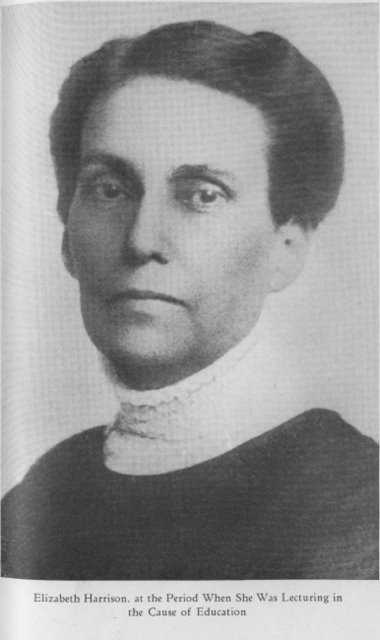
Elizabeth Harrison was a pioneer in education.
Photo from her book Sketches Along Life's Road
At this time, very few children were in any sort of early education program - mothers simply didn’t work outside of the home frequently and families lived somewhat communally, with grandmothers, aunts, cousins, and older siblings playing a huge contributing role in child rearing. It takes a village, right?
Then WWII hit and women were thrust into the workforce. Many women moved with their children to communities producing wartime goods, like planes and ammunition. Rosie the Riveters, they were called.
All of a sudden, there was nobody to care for the children.
To deal with this crisis, congress passed the Lanham Act of 1940 which established government subsidized care for children 0-12 in over 600 communities across the nation. These roughly 3000 centers served about 600,000 children during the war for about $1 per day - the equivalent of about $10 per day by today’s standards.
The Lanham Act gave us universal childcare during WWII
Photo - Gordon Parks/Library of Congress/The Crowley Company
Prior to the Lanham Act, group early childhood care was scarce and was exclusively for low-income and unemployed parents as a way to help them find work. This gave nearly universal access because of the affordability and availability.
RELATED POST: Hugging your Baby Benefits their Brain Development
The new childcare centers were necessary, but met with criticism from some who feared that mothers wouldn’t want them, that they would damage children’s development, and that the mother/child bond would be broken. However, they turned out to be extremely “high-quality” and mothers had a nearly 100% satisfaction rate. I put “high-quality” in quotes for a reason - I’ll get to that.
The Lanham Act proved to be an incredibly successful, if accidental, experiment. It had positive impact on the economy and on the children’s developmental outcomes. High school and college graduation rates increased for children who were put into Lanham Act care, and they saw an increase in their annual earnings as an adult.
But, with the end of the war, Lanham Act centers were defunded and shut down in 1946.
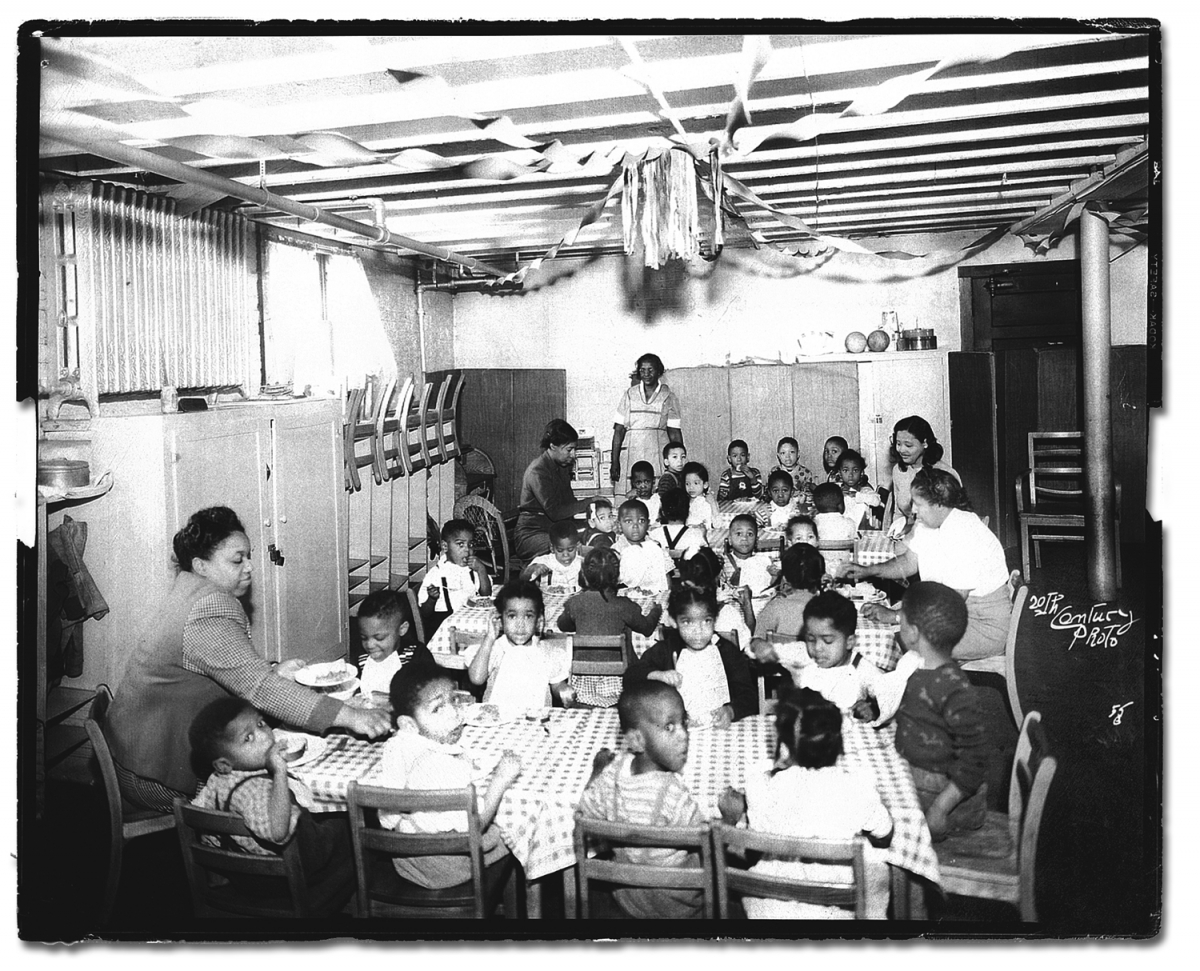 First Church of God location. Photo c. 1948-55, 20th Century Photo
First Church of God location. Photo c. 1948-55, 20th Century Photo
Two decades later, Head Start was introduced in 1965 exclusively for low-income children as an 8-week summer program designed to help them catch up and prepare for entry into elementary school. It was expanded to a year-long program in 1968 and coverage was further expanded with the Head Start Act of 1981.
Meanwhile in the 1970s, the United States came very close to enacting federally subsidized childcare with Comprehensive Child Development Act. The act would have established a national sliding scale childcare system available to all. It had strong bipartisan support (a pipe dream these days) but was ultimately vetoed by Richard Nixon. There's actually a recording of Ronald Reagan telling Nixon it would break down the family structure in the country. Rumor has it that Pat Robertson was also a birdie in Nixon's ear.

Mount Shamedmore - Washington Blade Editorial Cartoon - Ranslem
Since 1975, maternal participation in the labor force has risen from 47% to over 70% today. The percent of children in formal childcare arrangements, including preschool has also risen significantly.
However, based on a study from the National Institute of Child Health Development, only 10% of providers are high-quality. Which brings me back to earlier when I put high-quality in quotes.
----------
RELATED CONTENT
What is Play-Based Learning and Will it Prepare Your Child For Kindergarten?
Why Your Baby Cries When You Put Her Down
----------
Quality in childcare is notoriously difficult to measure quantitatively. It comes down to one thing, and it’s not curriculum, or philosophy, or enrichment programs. Quality can be determined by how the teachers interact with the children. Are they warm? Are they nurturing? Are they respectful? Are they engaged? Do they work in childcare because they love children?
When we look back at the Lanham Act, these high-quality centers didn’t have well-researched early literacy approaches and teachers with a Bachelor’s Degree in Family Studies or early childhood education. The RIE, Waldorf, Reggio Emilia approaches all were yet-to-be developed. What they had were women who were paid fairly and who desired to work in childcare. They had staff who nurtured children and who weren’t spending their days focusing on kindergarten readiness.

Middle River, MD Circa 1941 - Children pose outside a federally run nursery school
National Archives photo no. 69-C-6
Have times changed? Of course. We have a much deeper understanding of children and we have increasingly academic kindergarten programs. But what hasn’t changed is the fact that children have a much better chance at success in life when they are well cared for, loved, and engaged with both adults and with peers.
As we’ve learned more and more about early childhood, we know that the home environment matters most for academic achievement. If a child is in a bad home envionrment, escaping to preschool for several hours a day improves his or her chance of academic success. If a child comes from a home environment where the caregiver is highly engaged - i.e. read to often, praised, and encouraged, the academic effects of preschool are less significant, if significant at all.
DON'T MISS THIS LINK: Why Kids Hate Vegetables & 17 Tips to Help Kids Love Veggies
However, remember at the beginning of this article when we put aside social and emotional development? We’re coming back to it now. Research tells us that children who are in daycare are “less likely to have high levels of emotional symptoms, peer relationship problems, hyperactivity/inattention and conduct problems.”
Group childcare - when coupled with engaged teachers - has lasting benefits for children.
When choosing your provider, you’ll tour many and weigh the pros and cons of each. Perhaps one offers yoga and dance, while another doesn’t have enrichment programs. One may be a Reggio Emilia school, while another is play-based without a formal philosophical approach. Figure out what’s important to you, but fundamentally, you should choose one that has an amazing staff who are there because they want to be there and who provide positive discipline, a warm smile, and love your children. If so, the rest is just gravy.
Paper Pinecone is the #1 most trusted childcare directory giving parents access to the best preschools and best daycares near you. Parents always search free and childcare providers always list free. Send inquiries about the best daycares and preschools to [email protected].
This post may contain affiliate links
- stacey's blog
- Log in or register to post comments
